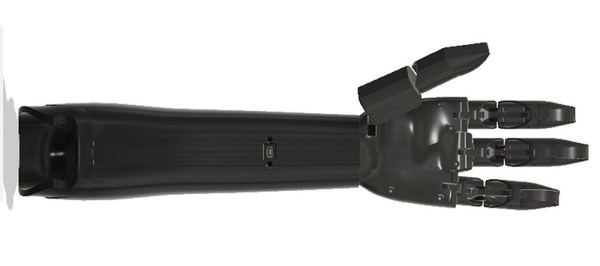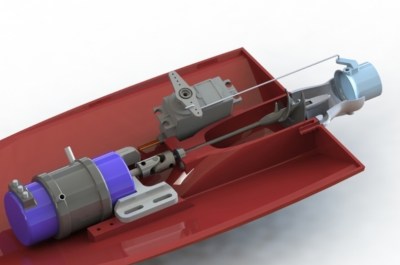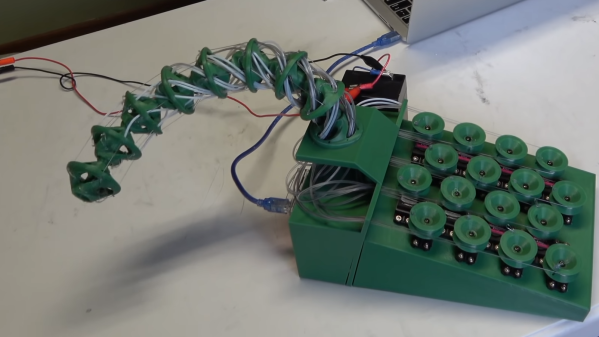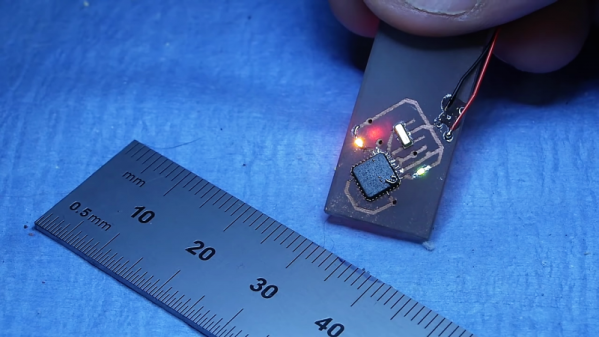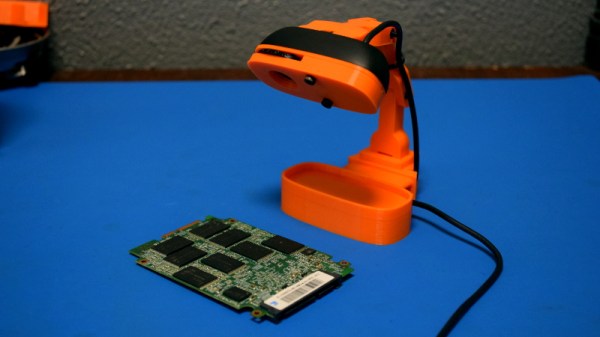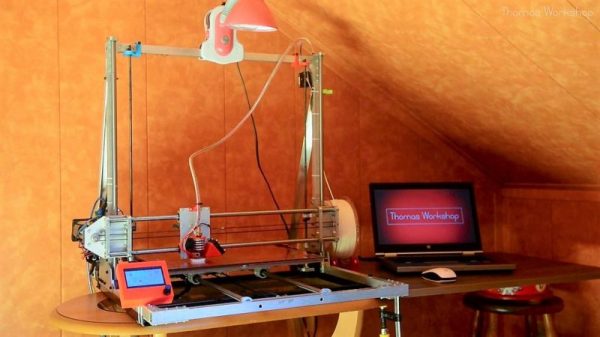One of the best uses of 3D printers we’ve seen are custom prosthetics. Even today, custom-built prosthetics cost an arm and a leg, but there’s no reason why they should. Right now, we can scan someone’s arm or leg, import that scan into a 3D-modeling program, and design a custom-fit orthotic that can be spit out on a 3D printer. Now, we’re seeing some interesting methods of turning those 3D-printed parts into the beginnings of a cybernetic design. This is a custom printed robotic hand controlled by a pulse sensor. It’s in its early stages right now, but so far the results are promising and this is a great entry to The Hackaday Prize
This project draws upon a few of the team’s other endeavours. The first is a 3D-printed mini linear actuator, a project that made it into the finals of the Hackaday Prize in the Robotics Module challenge. This tiny linear actuator is actually powered by a tiny hobby servo rigged up for continuous rotation. Add in some 3D printed gears and a well-designed frame, and you have something that’s just as good as fantastically expensive linear actuators as a bargain basement price. This pulse sensor arm also makes use of the team’s TNS 1i, a 3D printed robotic hand that makes use of those tiny little linear actuators.
Of course, if you’re going to build a prosthetic robotic arm, you have to have some sort of brain-machine interface. Previously, the team was using Myoware muscle sensors to control the opening and closing of the fingers. This changed, however, when [Giovanni] was trying to get his Samsung gear S3 to detect his pulse. Apparently, moving your wrist when trying to get a smartwatch to listen in on your heartbeat is an acceptable substitute for a muscle sensor.

